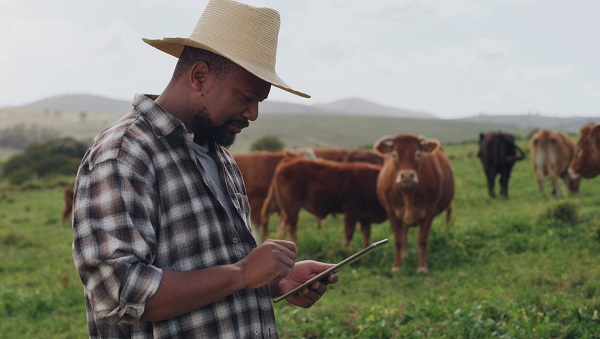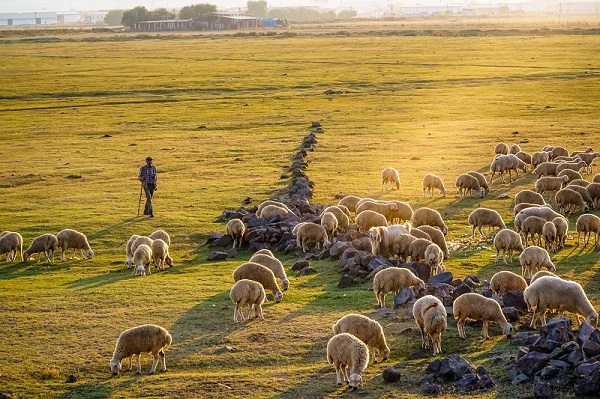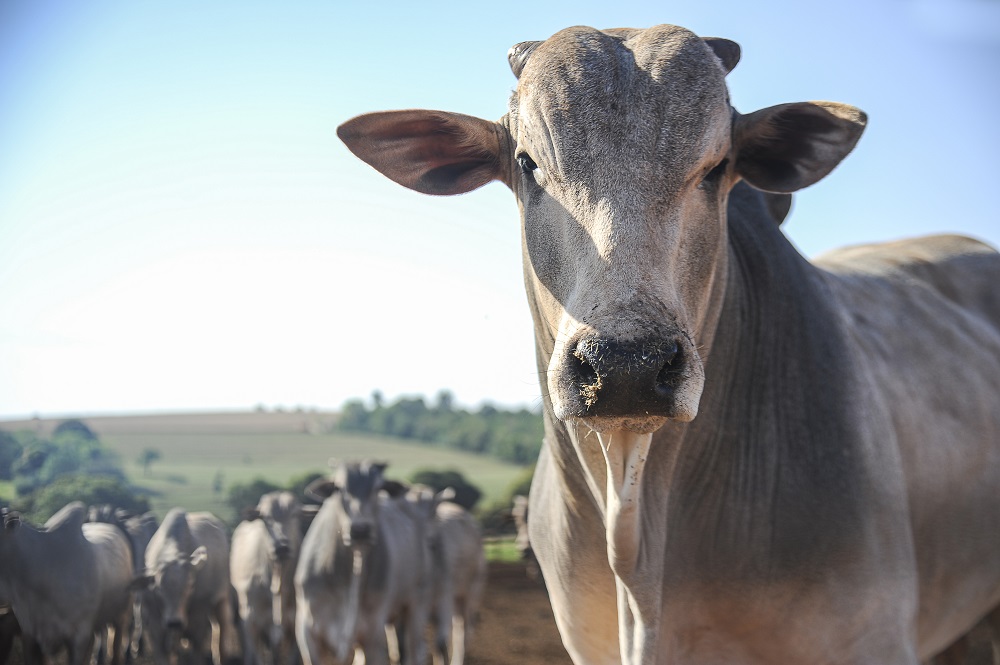← Back
Discover The Future of Farming: Argos Smart Herding Solution

As the agricultural sector continues to evolve in response to modern challenges, the integration of smart technologies has emerged as a game-changer, particularly in livestock management. Among these advancements, smart herding technologies are paving the way for more efficient, sustainable, and productive farming practices.
One solution in this domain is the Argos Smart Herding system, which leverages real-time satellite tracking, artificial intelligence, and data analytics to transform the way farmers manage their herds.
The Rise of Smart Herding Technologies
Traditionally, livestock management has relied on manual practices, which can be labor-intensive, time-consuming, and often inefficient. Farmers have had to rely on physical inspections and rudimentary tracking methods, leading to challenges such as lost animals, inadequate health monitoring, and difficulty in managing grazing patterns.
Our Argos solution addresses these challenges head-on. By utilizing real-time satellite tracking, farmers can monitor the location and movements of their livestock with precision. Each animal is equipped with a GPS-enabled collar or ear tag that transmits its position to a user-friendly digital platform, allowing farmers to keep tabs on their herds from anywhere at any time.

Benefits of the Argos Smart Herding Solution
1. Enhanced Monitoring and Security
One of the most significant advantages of the Argos Smart Herding system is its ability to enhance livestock monitoring. Farmers receive instant notifications if animals stray beyond predefined geofenced boundaries or exhibit unusual behavior. This capability not only improves herd security—reducing the risk of theft and predation—but also allows for quick responses to potential health issues.
2. Data-Driven Insights for Improved Herd Management
The Argos system harnesses artificial intelligence to analyze movement patterns and behaviors of livestock. By tracking how animals graze, rest, and interact, the system provides actionable insights into their health and productivity. For instance, a sudden decrease in activity may indicate illness, prompting timely veterinary intervention. This data-driven approach empowers farmers to make informed decisions that enhance herd welfare and operational efficiency.
3. Sustainable Resource Management
Smart herding technologies contribute to more sustainable farming practices by optimizing land use and grazing management. The Argos platform provides farmers with critical data on pasture quality and animal grazing patterns, allowing them to prevent overgrazing and ensure that resources are utilized effectively. This not only supports the health of the land but also promotes responsible stewardship of natural resources.
4. Cost Efficiency and Productivity
While the initial investment in smart herding technology may seem significant, the long-term benefits are considerable. By reducing labor costs associated with manual herding and improving animal health and productivity, farmers can see a positive return on their investment. Our solution helps streamline daily operations, allowing for smoother planning of feeding schedules and grazing rotations, ultimately leading to enhanced farm productivity.

Looking Ahead: The Future of Livestock Management
As the demand for sustainable food production grows, the adoption of smart herding technologies like the Argos solution is likely to increase. These systems not only address current challenges in livestock management but also align with broader agricultural goals, including improving animal welfare, enhancing food security, and minimizing environmental impact.
Solutions like the Argos Smart Herding solution are transforming the way farmers monitor and manage their herds, providing them with the tools needed to succeed in an increasingly competitive and demanding agricultural landscape. As the future of farming unfolds, embracing these technologies will be crucial for ensuring a sustainable and productive livestock industry.




